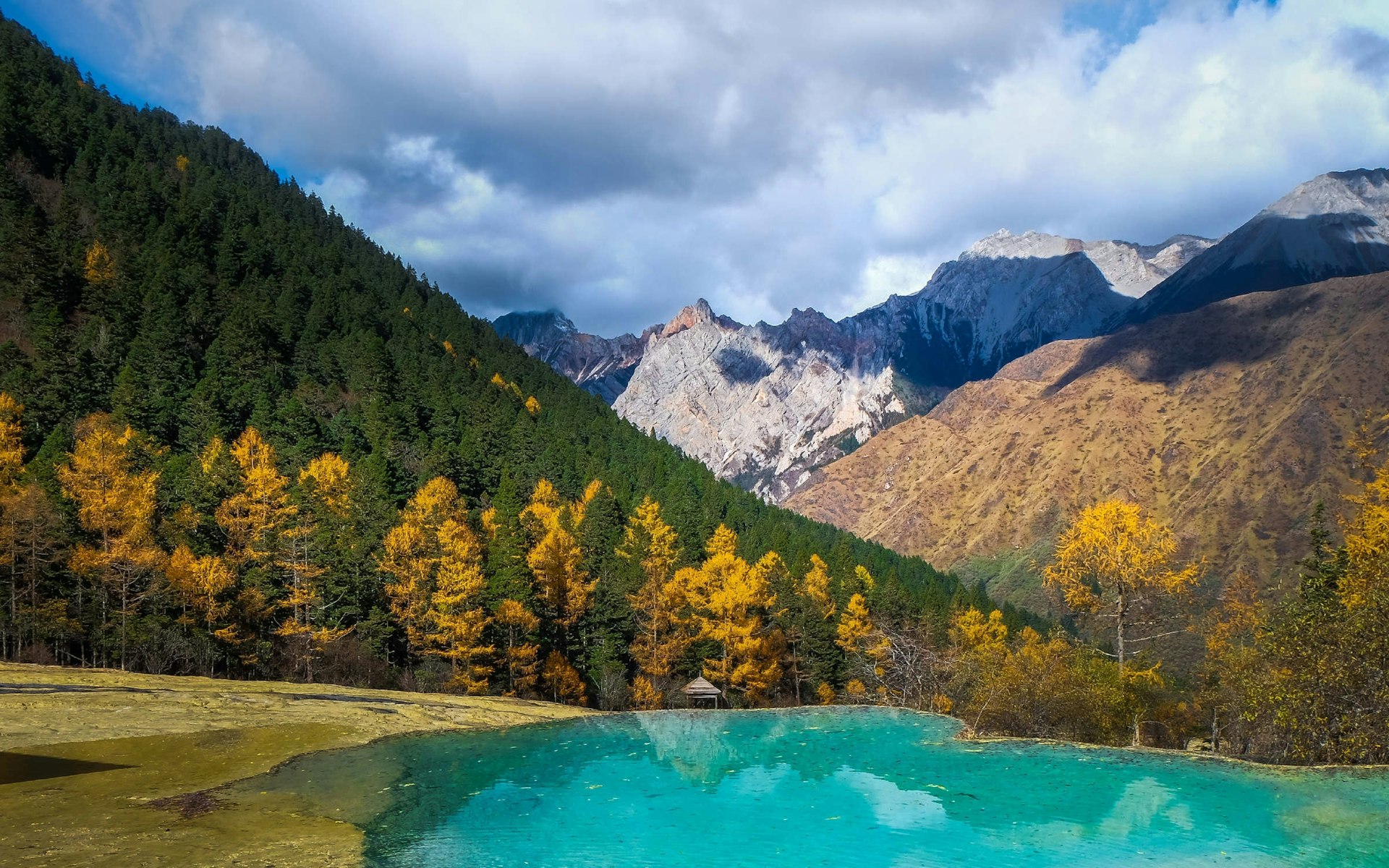Panda lovers – rejoice! Fans of the world's most adorable vulnerable bear species have a few new reasons to celebrate the animal; about 27,134 km² worth. Stretching across China's Sichuan, Gansu, and Shaanxi provinces, plans for the newly proposed 'Giant Panda National Park' (大熊猫国家公园) are expected to be formalized as soon as the end of 2019.

The story of the giant panda in China
Bringing together 30 or more groups of pandas spread across these three regions, unified management of the vast protected area should mean a more consistent conservation policy throughout and better outcomes for panda populations as their numbers continue to rise. Long on the decline as a result of habitat fragmentation and poaching, wild panda populations are on an upward trend from an estimated low of 1,596 individuals in 2004 to 1,864 ten years later, with current populations estimated around 2,060 including cubs.
Until the 2008 Wenchuan earthquake that devastated much of Sichuan province, the Wolong National Nature Reserve served as the centre of panda research and tourism in China. At over 200,000 square kilometres, the reserve still acts as an anchor of China's panda breeding and research programs, but only reopened to the public in 2016 in the form of the newly-built Shenshupeng Panda Center in the village of Gengda. With limited public awareness of the new centre and poor transport connections to major tourist destinations, however, it's an uncommon stop for independent travellers in Sichuan. Similarly, though open to the public since 2013, the Dujiangyan Panda Base (which focuses primarily on disease research and serves as a quarantine point for pandas returning from abroad) sees comparatively few international tourists despite a location less than 80km from capital city Chengdu.

Where to see giant pandas in China
Most visitors to Sichuan instead head to two more-accessible options for their panda fix in the province. Just on the outskirts of Chengdu, the Giant Panda Breeding Research Base is by far the easiest place to see the animals. Visitors who are willing to pay the exorbitant fees can even cuddle up to a baby panda for a quick photo – and all proceeds from the touristic side of the centre contribute to conservation and breeding programs at this non-profit. It's an easy half-day trip and, with the iconic status the animals have attained in China, a popular visit for local and foreign tourists alike.
Further afield but surrounded by the landscapes that form typical panda habitats, the Bifengxia Panda Base near the city of Ya'An was established in 2003 but expanded significantly after 2008 when animals from the damaged Wolong Reserve were moved here. Now home to around 20 pandas (with a special section just for the kiddos, unsurprisingly popular amongst visitors), this has become a popular alternate to the Chengdu Base for travellers with more time in Sichuan; particularly as it's possible to visit as a long day-trip from Chengdu. In the midst of prime forest and at the end of a 7.5km river canyon, visitors to Bifengxia come as much for the pandas as for the opportunity to explore the scenic landscapes of the area.
The Giant Panda National Park
In many of the areas proposed for inclusion in the Giant Panda National Park, these landscapes are in fact a key draw. For the pandas, smarter land management means less habitat fragmentation and a wider range to roam in search of feeding and mating opportunities – in recent years two of the greatest challenges the animals have faced in the wild. For travellers the implications of the new park are less clear, but given the many existing national parks and scenic areas that lie within the proposed boundaries of the park system visitors might reasonably expect that ecotourism activities will play a role in contributing to the ecological and economic sustainability of the initiative. While it remains exceedingly unlikely to spot pandas in the wild, exploring the landscapes that make up the newly-proposed national park can offer an insight into both the animals' habits and the natural beauty of the country they call home.

Panda's in Jiuzhaigou National Park
Among the highlights of Sichuan and perhaps all of China, Jiuzhaigou National Park's many colourful lakes and thundering waterfalls also sit in prime panda habitat. Though the park was heavily damaged in a 2017 earthquake, it reopened in limited form in 2018 to managed groups of visitors. Entries are now limited to 2,000 per day – down from a peak of 20,000 during China's busy Golden Week holidays – but even in peak periods the park has offered alternate ecotourism opportunities like wild hikes in the parallel Zharu Valley; a sharp but beautiful contrast to the more-managed experience of the typical visitor to Jiuzhaigou.

Other places to spot giant pandas
On the edge of the Himalayas west of Chengdu, Four Sisters Mountain National Park presents a wilder face of the Sichuan mountainscape. Three mountain valleys, progressively rugged as they approach the eponymous peaks that dominate the skyline, each offering a different angle of the mountains and experience in the valleys. The wooden plankways of the Shuangqiao Valley meander gently down through alpine meadows and larch forests, while the Haizi Valley trail climbs steeply up an exposed from the already-dizzying 3200m valley floor to hilltop panoramas of the Four Sisters and on to placid lakes and yak-grazing territory. In between, the heavily-forested trail through the Changping Valley eventually runs over the mountains and down away from the Tibetan Plateau, eventually leading to the edges of the Chengdu Plain.
Though not prime panda habitat, Shaanxi's Huashan in many ways typifies the outsider's image of a dreamlike Chinese landscape. One of five sacred Taoist mountains in the country, Huashan's jagged rocky peaks and walking trails cut directly into the rock of of the mountain slopes could almost be an ancient scroll painting come to life. With luck – and proper management of natural resources – future landscape artists may even need to include a few more pandas in those iconic paintings.
https://shop.lonelyplanet.com/products/china-travel-guide-15











